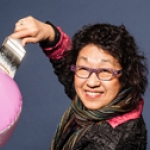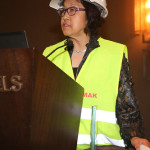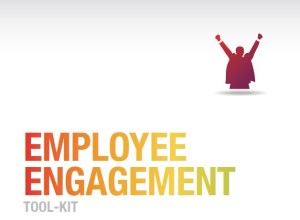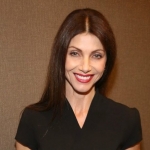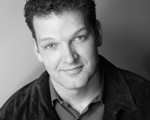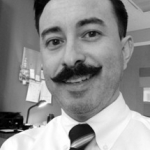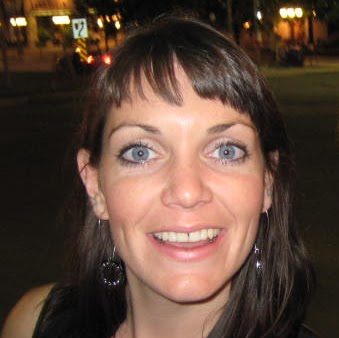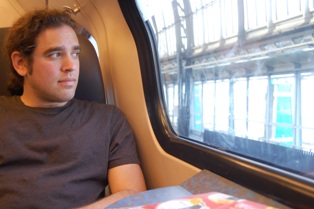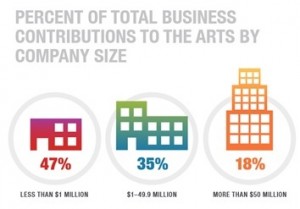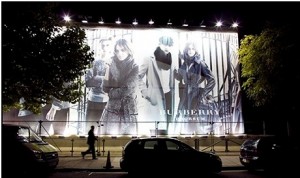
Greg Satell
In a recent episode of Boardwalk Empire, Chalky White’s wife was angry because he took his son to play with Jazz musicians at his nightclub. She feared that it would upset the order of his classical training. Traditionally, business executives have felt the same way. They would bring in bright young prospects and make them “organization men”—and later women as well—who would work their way up through the system and then indoctrinate the next generation.
Yet the past few decades have altered things considerably. The LBO craze in the 80’s, the PC revolution in the 90’s and the digital disruptions of the 21st century have radically changed how we need to approach business problems. Strategic planning has become less tenable and we need to adopt more adaptive approach. Jazz holds important answers.
A Struggling Artist In New York
Coming from a meager background, Carl Størmer was determined not to be a starving artist, but after graduating with two graduate degrees—a Masters degree in Music and another in Arts Administration—that’s just what he was becoming. He spent most of his time playing in clubs and improving the mastery of his craft, but making very little money.
So he started learning computer code, got a job as a database consultant at a Wall Street law firm and then started a career at IBM. Later, he founded a startup and became Marketing Director at a Norwegian airline. Størmer had, in every conventional sense, become a successful business executive.
Yet he still continued to play and the more he did, the more he became dissatisfied with corporate life. As he thought about it, he realized that business organizations operated a lot like classical music, with structure dictating action rather than the other way around.
The thoughts turned to writing; the writing turned to consulting and even led to a Harvard Case Study. Today, his organization, Jazzcode, works with executives at some of the world’s largest corporations, such as IBM, Siemens and Novartis.
Read More









